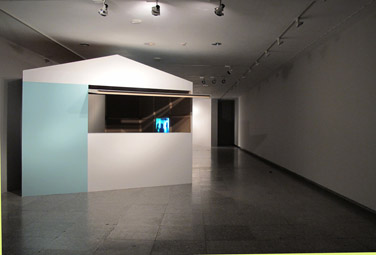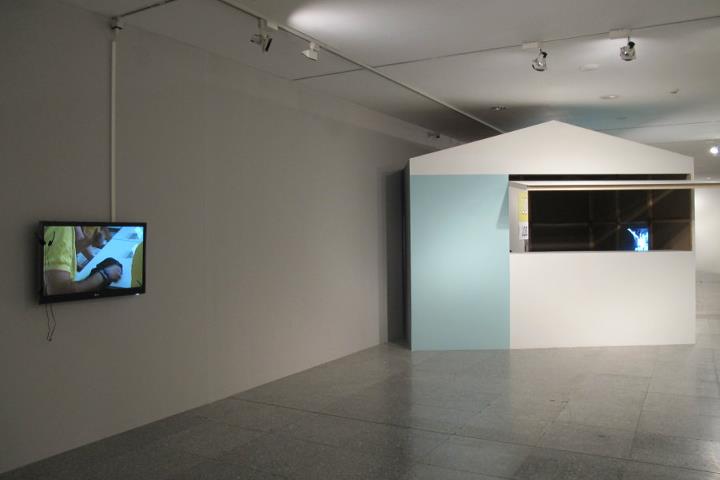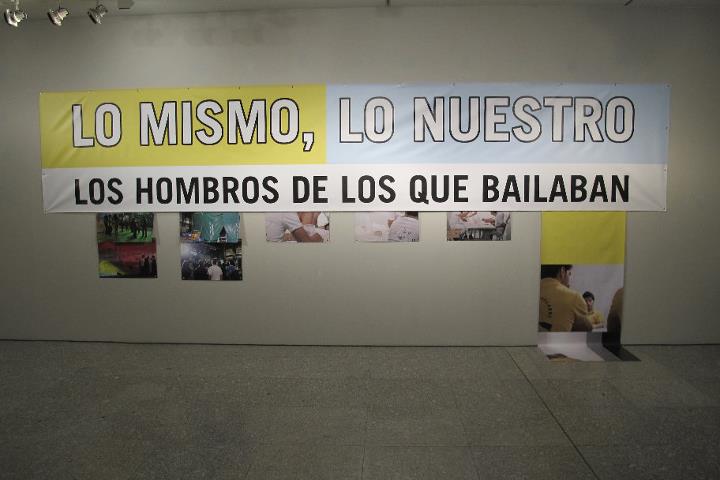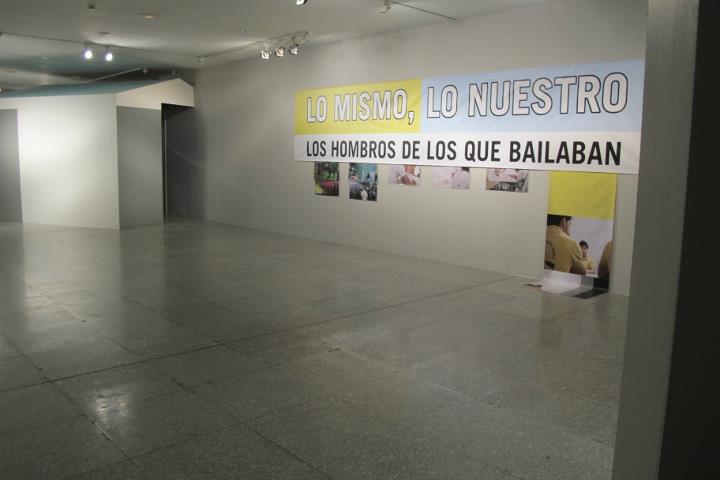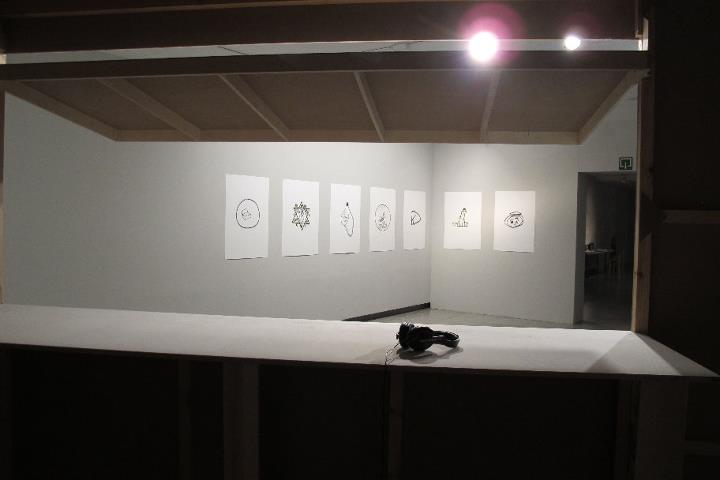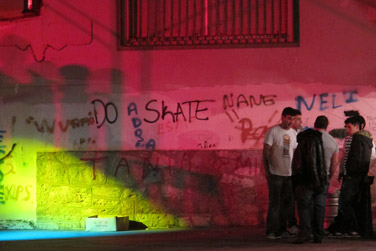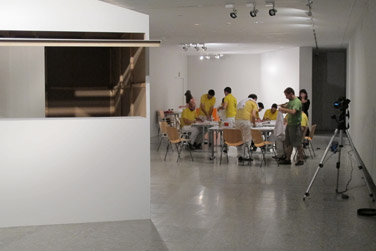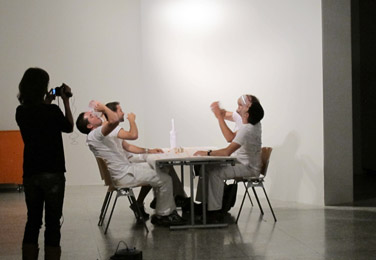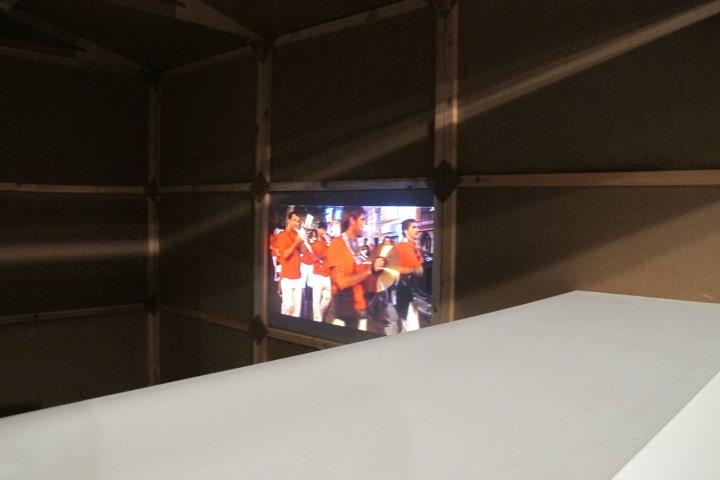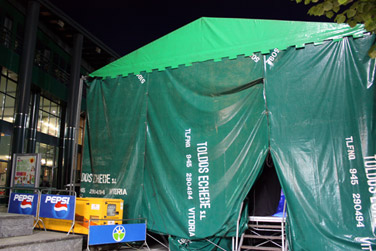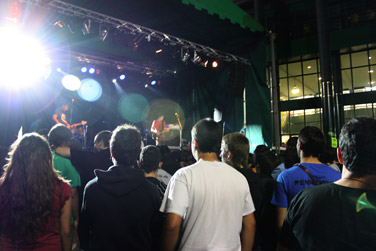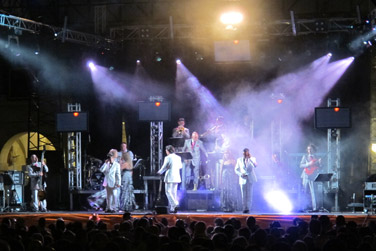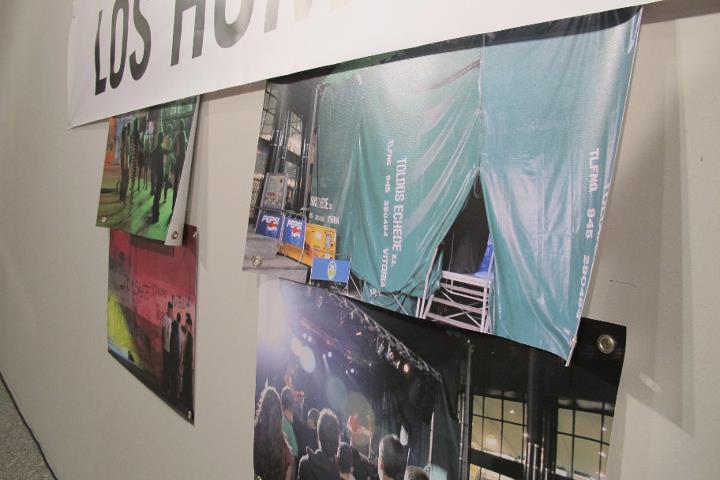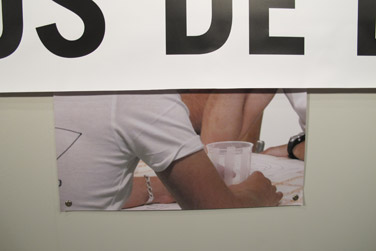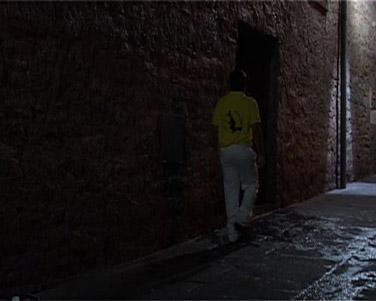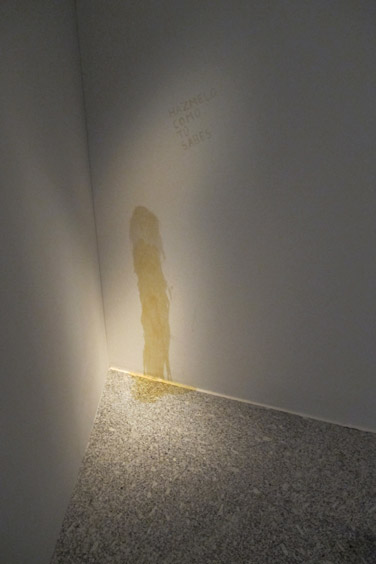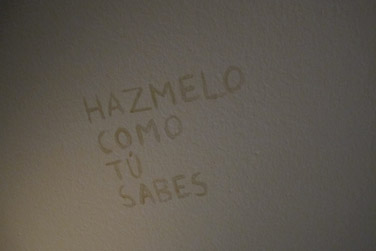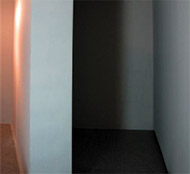AT THE BACK, BEHIND THE PARADE
ARTIUM Basque Centre-Museum of Contemporary
2011
http://www.artium.org/
DOWNLOAD PDF
In this project entitled At the back, behind the parade, Itziar Barrio explores the iconographic apparatus of popular festivities and parties and examines the particular features of their social registers, taking this as her starting point for embarking on an attempt to reconstruct the codes of our milieu based on the idea of the fiesta. In doing so, she will adopt certain signs associated with the imaginary of fiestas, which she will then takes apart in order to generate her own fictions and to shape new mythologies. In this manner, she will convey to us the way in which, in this coded terrain, the consumption of certain signs gradually lays the foundations for the construction of our identity.
The artist presents an analysis of humankind’s habits, customs and needs and speaks to us of the space that we own and of the space that is occupied temporarily. At the same time, she helps us to rethink the collective behaviours that spring from these particular characteristics.
In the centre of the room, we are astonished at the sight of a txosna (a shack with a bar typical of the popular fiestas in the Basque Country) growing from one of the walls.
The txosna, regardless of its regional specificity, also suggests to us the house, at both a formal and conceptual level, as well as the temporary nature of the shack-bar, a code that is presented as an icon of the project and which the collective spectator easily recognises. This house-cum-bar connects with the anthropological aspect of Barrio’s work, which here focuses on the importance of the collective, on the social act of festive celebration, the survival of ritual and the need to adopt certain systematic ceremonies as a sign of group membership.
At the far end of the room, there is a disconcerting element that creates a sense of unease that forces you to come closer. As in every horror film, the protagonist opens the door, drawn by a predictable noise. This element is a wall, a small spot created in a corner at the back that alludes to that place where things happen. It is that corner, spotless during the daytime, that is transformed by the power of the night into the hideaway of all things forbidden and covert, urine, sex, drugs, etc.
The temporary nature of the txosna is also present in the elements gradually developed in the project. Among them, Barrio will produce an installation in the manner of a banner, in an allusion to the traditional banner or poster for fiestas which in itself constitutes an ephemeral artistic language whose short life is usually restricted to one or two weeks. The creation of this banner is also closely in keeping with the culture of DIY, since its creation and the materials employed to make it are usually basic, involving a limited infrastructure and budget.
The versatility of the poster makes it suitable for every context and they are to be found plastered over every landscape and all street furniture. These poster elements are reflected in the mirror of a society, of a present—clinging to a past and in some cases reinterpreted tradition—a culture and customs, rites and social codes.
Converging in this place of encounter between contemporary art and anthropology are elements in seeming opposition: contemporary society and traditional societies. The possible confluences and divergences are presented in a series of symbol-images that go from the apparent to the concealed.
